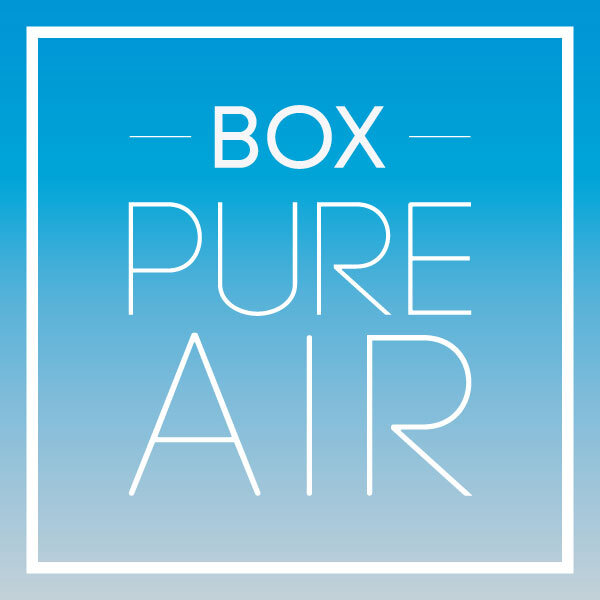What Is Indoor Air Quality?
As humans, we understand that the outside environment can be hazardous to our health; greenhouse gasses, primarily introduced to the world through human activity, pollute our planet and contribute to premature deaths yearly. But, the air quality inside and around our buildings can be just as threatening. Indoor air quality (IAQ), which affects more Americans than any other air environment, can be polluted through dirt, dust, and gasses, making homes, workplaces, and schools places for serious health concerns.
Institutions like the World Health Organization warn that indoor air quality is a global issue, impacting the health and well-being of various demographics through common sites like gas stoves and paint. Effects from poor air quality can be immediate, like a runny nose or scratchy throat, or long-term, like respiratory diseases or cancer. Understanding how the quality of air indoors can be contaminated might help reduce health risks, as buildings are one of the only environments we can directly manage.
IAQ Pollution
Indoor air quality can be polluted by tiny particles of dust and dirt or various gasses; this pollution can be introduced through sources such as appliances, materials, lousy ventilation, and high temperature or humidity levels. The risk of such sources is based on how much or often they emit pollutants and how dangerous they are. Common indoor air pollutants can be found below:
Asbestos
Allergens
Carbon Monoxide
Formaldehyde
Lead
Mold
Nitrogen Dioxide
Pesticides
Radon
Smoke
Some sources can be unique to a particular environment, but all contribute to varying pollution levels. These levels can also be influenced by location and capacity.
Protecting Indoor Air Quality
Improving indoor air quality starts with identifying possible sources in any building and finding tools to measure pollutant levels inside. Protecting any interior air environment can be addressed through some simple strategies:
Source Management – finding and reducing pollutant sources can dramatically improve indoor air quality; this might mean not smoking inside or cleaning up mold.
Ventilation – another way to protect IAQ is by improving ventilation; fans, opening windows and doors, or operating outside air conditioners can circulate air through an area, especially during activities like painting or acting heaters.
Air Purifiers – a technology capable of reducing air pollutants is a great way to improve air quality; portable air purifiers or HVAC systems can lessen particles with varying degrees of success.
IAQ Environments—Offices
The quality of indoor air is most vital where many Americans spend large amounts of their daily lives: office buildings. Newer research shows that health-conscious facilities are essential to individual wellness, productivity, and efficiency. Creating healthier buildings post-COVID means harnessing strategies to keep our surroundings cleaner. As a core business policy, the Lancet COVID-19 Commission recommends four approaches to reducing airborne risks:
Maintaining ventilation systems so they operate as designed
Maximizing the flow of outdoor air
Upgrading air filters
Using portable air purifiers as needed
Recognizing that buildings are central to our wellness as an indoor species means using viable solutions to create healthier environments for all. By pivoting towards better indoor air quality in offices, we can address various health crises that continue to harm American populations.
Why IAQ Is Important
Indoor air quality determines the health risks of the very places we live, work, and play in; as humans spend most of their time inside, it is essential to pay attention to the safety of these air environments. Specific populations can be more or less affected by air pollution, but it poses a health concern for all. In a world complicated with uncontrollable dangers, indoor air quality allows us to gain a little ground on making our surroundings safer.
